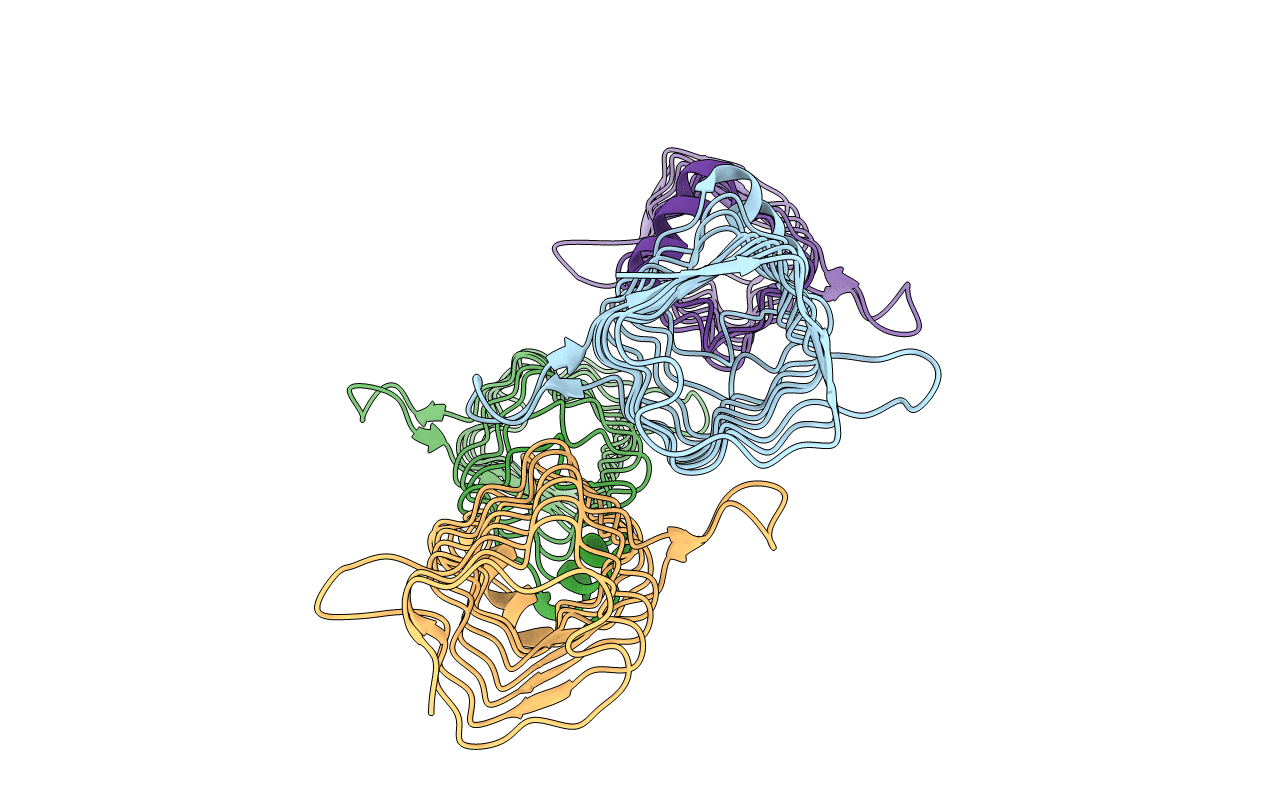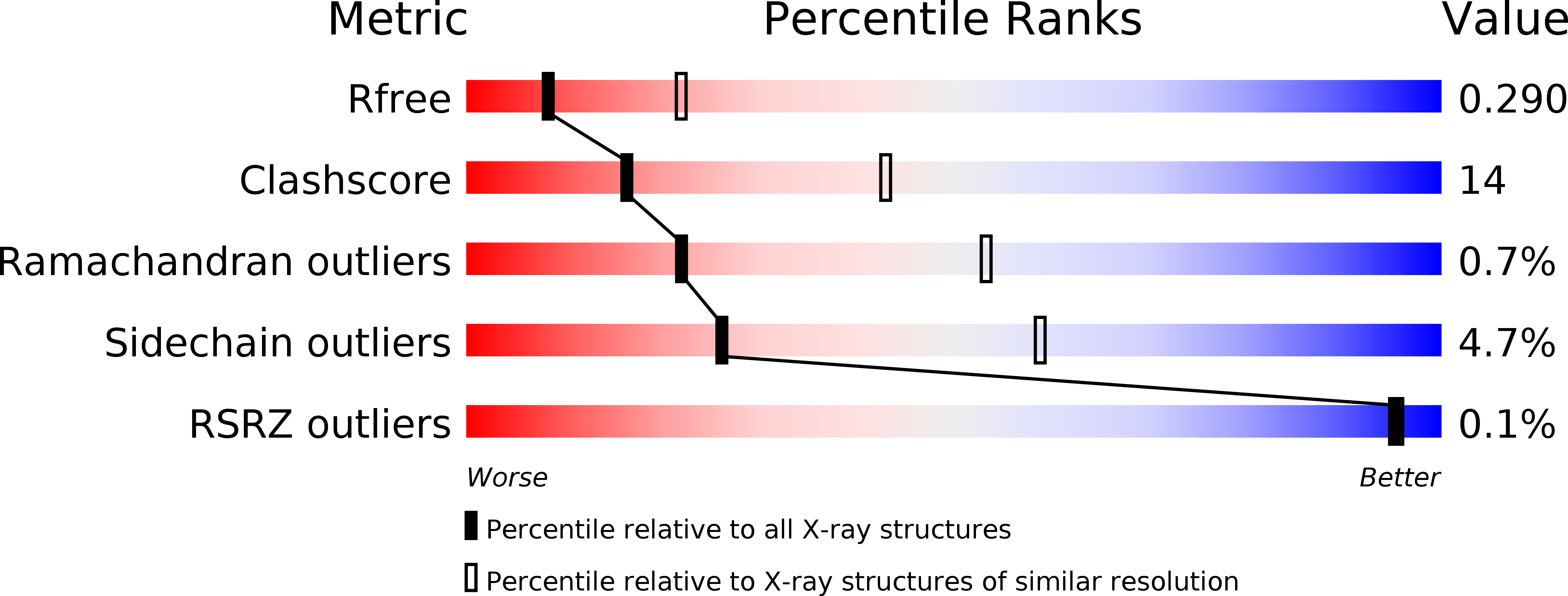
Deposition Date
2010-10-12
Release Date
2010-10-20
Last Version Date
2024-05-08
Entry Detail
PDB ID:
2XTW
Keywords:
Title:
Structure of QnrB1 (Full length), a plasmid-mediated fluoroquinolone resistance protein
Biological Source:
Source Organism:
KLEBSIELLA PNEUMONIAE (Taxon ID: 573)
Host Organism:
Method Details:
Experimental Method:
Resolution:
2.80 Å
R-Value Free:
0.30
R-Value Work:
0.22
R-Value Observed:
0.22
Space Group:
P 21 21 21


